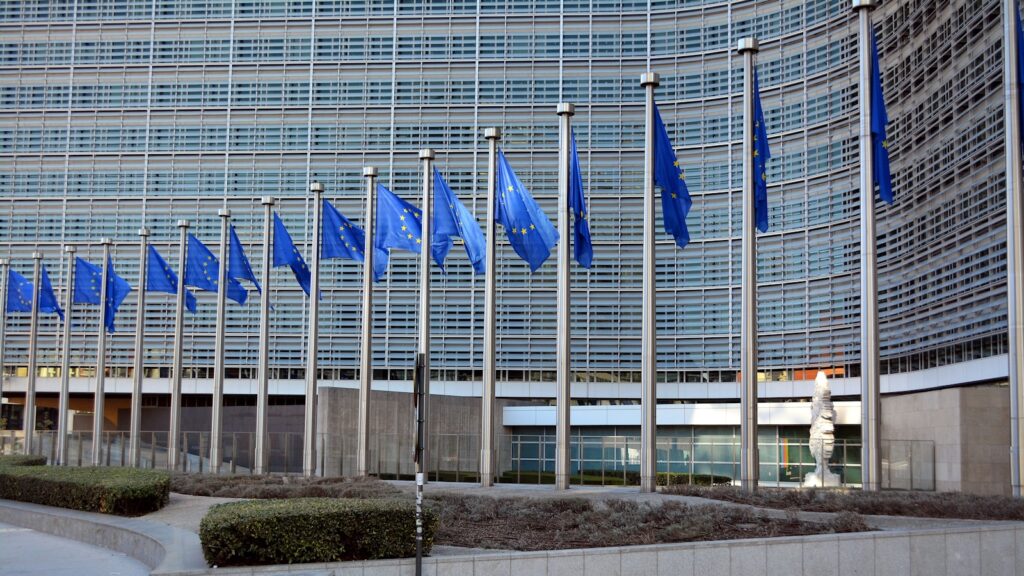
Changing Landscape of Travel to Europe
The landscape of international travel to Europe is set to change as the European Union plans to implement a new entry authorization system. Travelers from visa-exempt countries, accustomed to seamless entry, will soon need a mandatory digital permit and pay a significantly higher fee. This initiative, led by the European Commission, represents a major shift for millions of non-EU citizens entering the continent’s 30 participating nations.

Introduction to ETIAS and Its Purpose
At the center of this development is the European Travel Information and Authorization System, or ETIAS. It is important to note that ETIAS is not a visa but an electronic travel authorization. Its primary goal is to pre-screen travelers from countries that currently enjoy visa-free access to the Schengen Area, enhancing European security while simplifying entry for eligible visitors.
European Commission spokesperson Anitta Hipper emphasized, “ETIAS is not a visa and does not reintroduce visa-like obligations.” Unlike a traditional visa, the process requires no consulate visits, biometric data collection, or additional documentation beyond a valid travel document. Applicants simply complete an online form, creating a streamlined entry process rather than a full visa procedure.

Increased Fees and Global Comparison
Originally, the ETIAS application fee was set at €7. The European Commission now proposes raising the fee to €20, approximately $23 to $23.50. This nearly threefold increase will apply to short-term stays when the system becomes fully operational in the final quarter of 2026.
The Commission cites inflation since 2018, rising operational and maintenance costs, and enhanced technical features as reasons for the hike. The new fee is also intended to align ETIAS with similar international travel authorization programs. The United States’ Electronic System for Travel Authorization (ESTA) costs $21, while the United Kingdom recently raised its Electronic Travel Authorization (ETA) fee from £10 to £16, also about $21. The Commission maintains that €20 remains competitive on a global scale.
Who Needs ETIAS
ETIAS will be required for citizens of 59 visa-exempt countries planning short stays of up to 90 days within any 180-day period. This list includes the United States, the United Kingdom, Canada, Australia, Japan, South Korea, Singapore, Brazil, Argentina, and others.
The fee increase will affect many travelers, particularly families. For example, a family of four from the United States would now pay €60 under the new rules, compared with the original €21. Certain groups are exempt from the fee, including minors under 18, seniors over 70, family members of EU citizens, and non-EU nationals with free-movement rights within the EU. These travelers still need to complete the ETIAS application and obtain approval before traveling.

Application Process and Security Screening
The ETIAS application is fully online and straightforward. Travelers provide personal information such as full name, birthdate, passport details, and travel plans, along with educational and occupational background, criminal history, prior deportations, or visits to conflict zones.
The system automatically screens applications against EU security databases, including Interpol, Europol, and the Schengen Information System. This pre-screening allows authorities to identify potential security or migration risks before travelers depart. Most approvals are expected within minutes, although some applications may take up to 30 days if additional review is needed. Approved ETIAS authorizations are electronically linked to the applicant’s passport and valid for three years or until passport expiration, whichever comes first.

Strategic Considerations and Implications
The proposed fee increase reflects the high cost of operating a large-scale, secure travel authorization system. It also aligns with a global trend of pre-travel authorization requirements. ETIAS supports the EU’s broader goals of enhancing border security, managing migration flows, and ensuring thorough pre-screening of visitors. The European Commission stresses that the adjustment is necessary for sustainable operations rather than profit generation.
Before the fee becomes law, the European Council and the European Parliament have two months to review the proposal. If no objections arise, the new fee will be officially adopted and integrated into the ETIAS system. Travelers can expect official communications and public information campaigns as the late 2026 launch approaches.

Planning for Travel Under ETIAS
International travelers should factor the increased ETIAS fee into their budgets and apply well in advance to avoid delays at airports or border crossings. Staying updated on official information will be essential. Airlines and travel agencies will also play a key role in guiding passengers through the new process.
The fee increase may influence travel patterns, potentially affecting casual or repeat visitors in regions facing domestic economic pressures. The EU emphasizes that the cost supports enhanced security, smoother entry, and more efficient border management, ultimately benefiting travelers with a safer and more organized travel experience.
As Europe prepares for ETIAS in late 2026, the era of spontaneous travel for visa-exempt nationals will gradually change. Pre-authorization and the associated fee will become standard, highlighting the growing sophistication of international border management.




